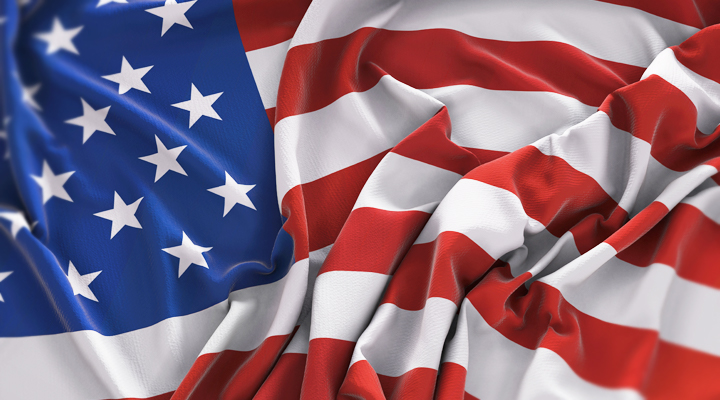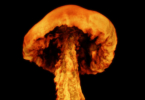Trump was officially sworn in at the White House as the President of the United States of America.
A lot has been said about the secret information and powers that were transferred into his hands, particularly regarding the infamous “Nuclear Football”, a black leather briefcase that has followed the U.S. President during every movement since the Cuban crisis of 1962 (with John F. Kennedy). According to popular opinion, it contains a special mechanism with a red button that, if pressed, would immediately trigger the launch of U.S. nuclear warheads, unleashing a large-scale nuclear attack.
But does the “Nuclear Football” really contain such a device? Or is the presence of the red button merely the result of a collective imagination?
In fact, the contents of the “Nuclear Football” are not a mystery. In 1980, the head of the White House Military Office, Bill Guley, revealed its secrets. We now know that the briefcase contains numerous documents identifying potential attack targets, procedures, statistics, and scenarios for a possible conflict.
The most important file is the “Black Book,” a true nuclear war manual. Other guides indicate shelters and bunkers where the President should be moved in case of a threat, as well as procedures for activating communication systems between the Presidency, the military, and the Nation to maintain full control of the situation and its powers.
Among the technological devices inside the “Nuclear Football” are special phones with secure lines that allow the President to communicate directly with the U.S. military command.
No red button, then!
The nuclear engagement procedure dictates that the “activation codes” are contained in a document that the President must always carry with him (the “Biscuit”), a sort of encrypted credit card that would allow him to authenticate himself with the military command and give the order.
In simple terms: the President must contact the National Military Command Center (NMCC), identify himself using the “Biscuit” codes, and order the attack after consulting the strategic manuals in the briefcase.







